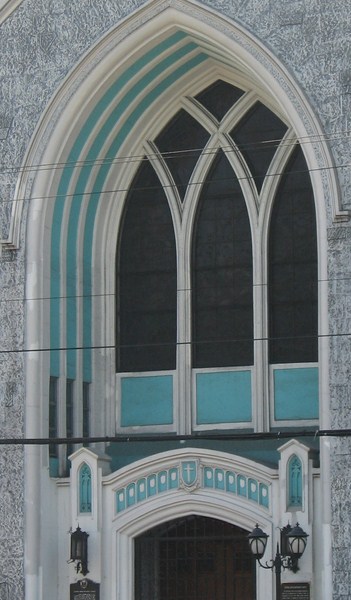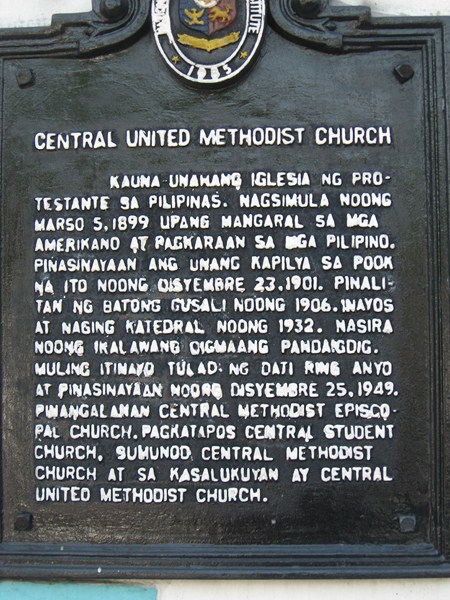| Light and Sound Museum |
| Execution of Gomburza |
| Rizal in Europe |
| Characters in Rizal’s novels |
| Jandy at Printing Press of La Solidaridad |
| Rizal writing his novel Noli me Tangere |
| Rizal in Dapitan |
| Trial of Rizal |
| Rizal visited by his mother |
| Rizal walking to his execution |
| Execution of Rizal |
| Death of Rizal |




